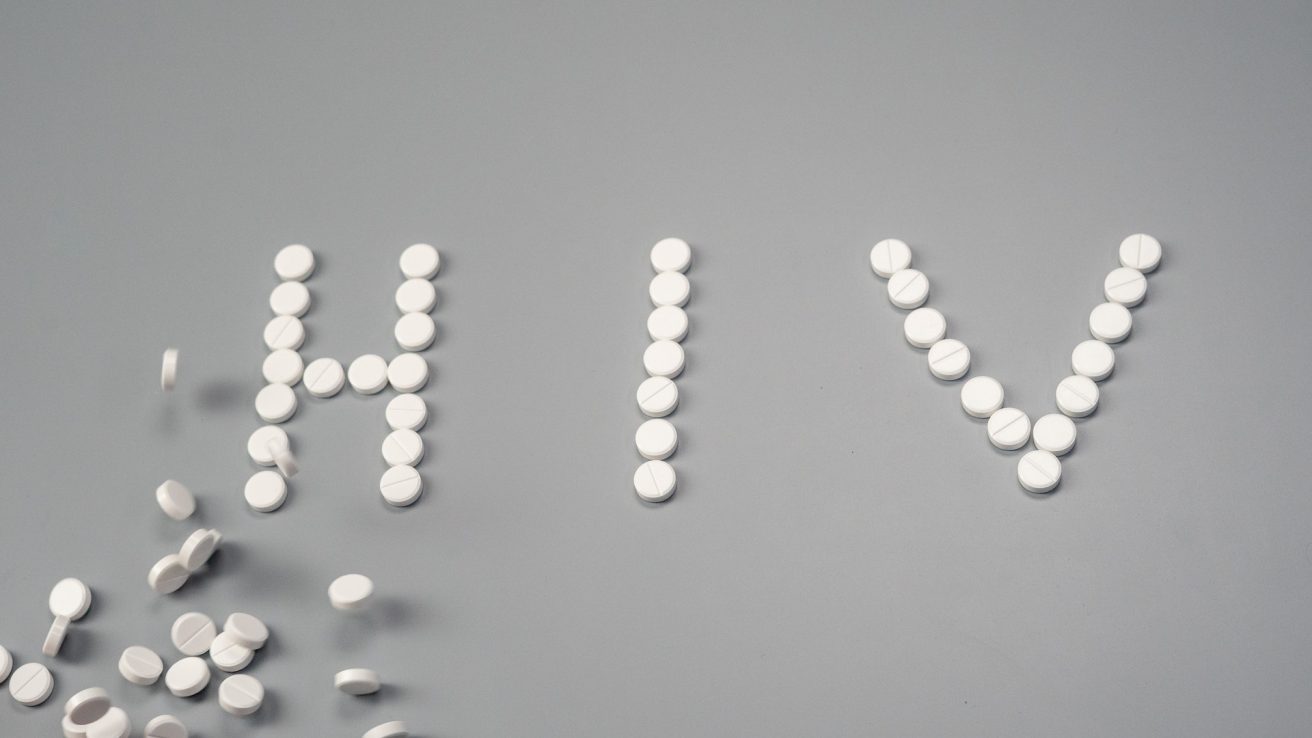Sulfated endospermic nanocellulose crystals were shown to have antiviral activity by irreversibly interacting with viral particles via cross-linking, thereby inhibiting viral infections.
Sulfated endospermic nanocellulose (ENC) crystals are biomaterials that have antimicrobial activity. ENC can be derived from the parenchyma of ivory nut endosperm and used against microbes after its binding capacity is enhanced by being chemically functionalized.
This study aimed to evaluate the role of sulfated ENC in encapsulating human immunodeficiency virus 1 (HIV-1) and severe acute respiratory syndrome coronavirus 2 (SARS-CoV-2) and preventing their transmission. The findings are published in the journal Scientific Reports.
Encapsulation of S Protein in Endospermic Nanocellulose Crystals
The optimal concentration of ENC suspension for encapsulating the S protein, as determined using enzyme-linked immunosorbent assay (ELISA), was 0.27% w/v. Atomic force microscopy (AFM) indicated denser, intricate networks of S protein clumps and ENC, whereas confocal microscopy demonstrated irreversible nanoencapsulation of S protein clumps.
Viability, Cell Proliferation, and Pseudovirus Cell Entry by Endospermic Nanocellulose Crystals
Compared to control cells, cells embedded in ENC demonstrated no signs of viral infection. There was a small, statistically significant decrease in cell viability associated with ENC. SARS-CoV-2 cell infection did not influence the proliferation index, and the cellular proliferation was comparable across the controls and ENC-embedded cells following the removal of ENC.
Endospermic Nanocellulose Crystals and HIV-1 Transmission
Compared to the controls, the quantity of cells infected with HIV-1 was significantly less in the presence of ENC.
Entrapment of SARS-CoV-2 by Endospermic Nanocellulose Crystals
The ability of ENC to completely entrap SARS-CoV-2 is mediated by positively charged ions. The experiment demonstrated that the use of sodium chloride for cross-linking the ENC was associated with a significantly reduced number of SARS-CoV-2-infected cells compared to controls, hence suppressing the infection.
Source:
Barriga, E. J. C., Fitzgerald, W., Dimitriadis, E. K., Margolis, L., & Fields, R. (2023). Sulfated endospermic nanocellulose crystals prevent the transmission of SARS-CoV-2 and HIV-1. Scientific Reports, 13(1). https://doi.org/10.1038/s41598-023-33686-y










